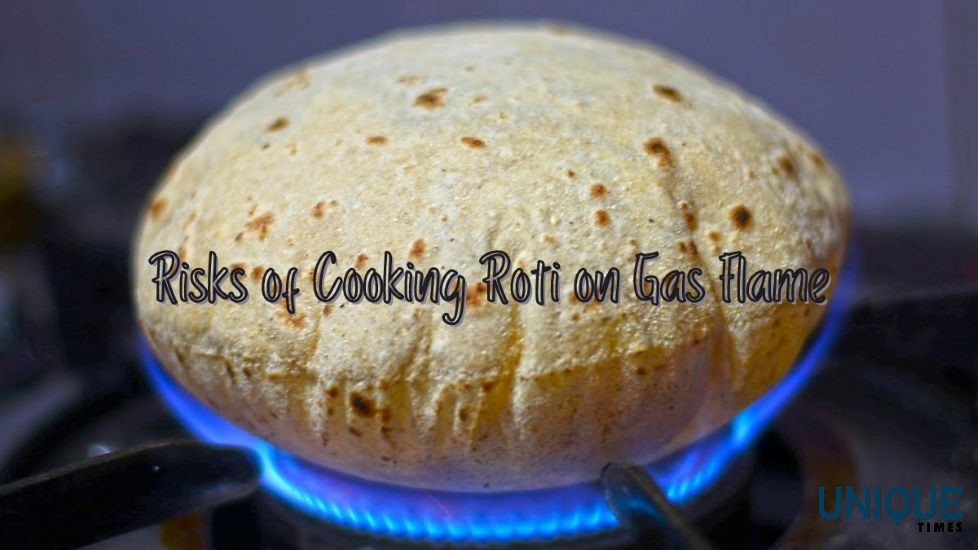
Roti, a staple in many South Asian households, is a type of unleavened flatbread that is traditionally cooked on a tawa (griddle) or skillet. However, some people opt to cook roti directly on the gas flame for convenience or to achieve a certain level of char and flavor. While this method may seem tempting, there are several reasons why it’s not the best idea. In this blog post, we’ll explore why cooking roti directly on a gas flame may not be ideal and offer alternative methods for achieving perfectly cooked roti.
1. Uneven Cooking
One of the main drawbacks of cooking roti directly on a gas flame is that it can lead to uneven cooking. The direct heat from the flame may cause certain parts of the roti to cook faster than others, resulting in uneven browning and texture. This can lead to some areas being undercooked while others are overcooked or even burnt, compromising the overall quality of the roti.
2. Loss of Nutrients
Cooking roti directly on a gas flame can also result in a loss of nutrients. The high heat from the flame can cause the roti to char and burn, destroying valuable nutrients and antioxidants present in the dough. This can diminish the nutritional value of the roti and make it less beneficial for your health.
3. Risk of Burns
Cooking roti directly on a gas flame can be hazardous, especially if you’re not accustomed to handling hot surfaces. There is a risk of burns and injuries if the roti comes into contact with the flame or if your hand slips while flipping it. This method requires careful attention and skill to avoid accidents, making it unsuitable for those who are not experienced with cooking over an open flame.
4. Potential Health Risks
There are also potential health risks associated with cooking roti directly on a gas flame. The charred and burnt particles that may accumulate on the roti can contain harmful compounds such as acrylamide, which has been linked to an increased risk of cancer. Additionally, inhaling smoke and fumes from burning food can irritate the respiratory system and may pose health risks, particularly for individuals with respiratory conditions.
Alternative Cooking Methods
Instead of cooking roti directly on a gas flame, consider using a tawa (griddle) or skillet to achieve perfectly cooked roti. These cooking surfaces distribute heat evenly, resulting in uniformly cooked roti with a golden-brown crust. Alternatively, you can invest in an electric roti maker or use a non-stick pan to make roti without the need for an open flame. These methods offer greater control over the cooking process and reduce the risk of uneven cooking, nutrient loss, burns, and potential health risks associated with cooking roti directly on a gas flame.
Conclusion
While cooking roti directly on a gas flame may seem like a convenient or traditional method, it comes with several drawbacks and potential risks. Uneven cooking, loss of nutrients, risk of burns, and potential health risks make this method less than ideal for preparing roti. Instead, opt for alternative cooking methods such as using a tawa, skillet, electric roti maker, or non-stick pan to achieve perfectly cooked roti without the drawbacks associated with cooking over an open flame. By choosing the right cooking method, you can enjoy delicious and nutritious roti while minimizing risks to your health and safety.
Picture Courtesy: Google/images are subject to copyright








